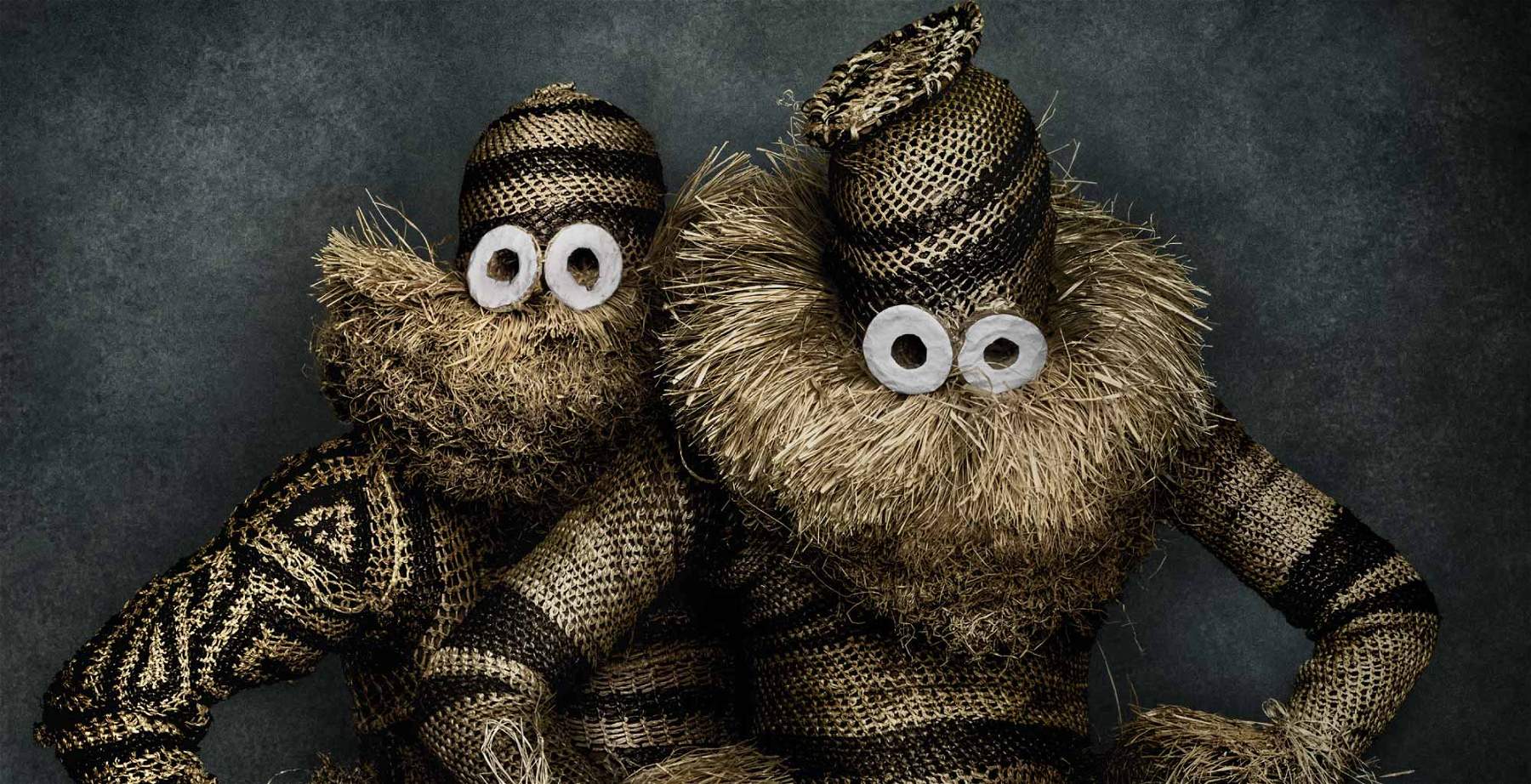In Rome, clothing as identification of a people in Mario Testino's exhibition
From May 25 to August 25, 2024 Palazzo Bonaparte, Rome, presents Mario Testino. A Beautiful World, the new project curated by Patrick Kinmonth conceived by internationally renowned contemporary photographer Mario Testino. Born in Peru in 1954 with Irish and Italian roots, Mario Testino moved to London in 1976 where he began to make a name for himself and became one of the most innovative fashion and portrait photographers of his generation, and his photographs appear in the world’s leading fashion magazines. A landmark of the highest order in the art of fashion, his images have often become as legendary as the people he has photographed, from Kate Moss to Madonna, Naomi Campbell to Diana Princess of Wales. Terence Pepper, curator of photography at the National Portrait Gallery in London, called him the “John Singer Sargent of our time,” while the gallery’s director, Charles Saumarez Smith, speaking of the record-breaking 2002 retrospective “Mario Testino PORTRAITS,” emphasized the strong relationship between Testino’s work and the tradition of court portrait painters, from Holbein to Reynolds, Goya to Rubens. Since 2017, he has traveled through more than 30 countries, focusing his art on exploring the cultural and traditional uniqueness still found in a rapidly globalized world. A Beautiful World, through some 70 works, is Testino’s navigation of the complexities and contrasts of our multiple ways of belonging: definitions of individuality and conformity, ideas of self, notions of other, of identity beyond gender canons, and icons of belief systems. The exhibition Mario Testino. A Beautiful World, under the patronage of the Municipality of Rome, is produced and organized by Arthemisia in collaboration with Domus Artium Reserve, with the support of the Uzbekistan Art and Culture Development Foundation, and features Art Partner and Generali Valore Cultura as sponsors, media partners Urban Vision and la Repubblica, and mobility partners Frecciarossa Treno Ufficiale and Atac. The A Beautiful World project supports the mission of “The Great Balance” in promoting cultural heritage.
Meticulously planned and executed, his photographs have a deceptive elegance that has redefined informality in fashion images. His work provoked and pleased his followers and made him the creator of fashion and editorial campaigns for decades that challenged accepted norms with their creativity and charm. Inspired by Peruvian photographer Martin Chambi Jimenez and his early 20th-century portraits of Peruvian women in Cusco wearing traditional dress, Testino revisited the subject in his own colorful way to document the continuing richness and evolution of costume traditions in Peru. Revealing this beauty in unusual places, effectively defining how we belong to our place of birth and life, and including the adornment of the body itself, down to the skin and hair, Testino has captured images that define who we are, where we belong, and what we are in danger of losing in our beautiful world. The exhibition is thus a journey that starts in Peru and winds its way through Colombia, Mexico, Japan, Myanmar, Mongolia, Kenya and many other countries to reveal, through the reading and analysis of traditional costumes, the attitudes of various peoples, revealing at times their common traits and at others their contrasts. Traditional dress as a bar code to be read to “identify” a people and bring to light their most intimate characteristics. It is in the dress that is the focal point: the dress decontextualized so that the focus is even more on that sort of second skin. The use of color in his photographs is extraordinary and enhances even more the outward and creative aspect of very different traditions, which, however, have in common something that does not change over time: the customs of tradition. Indeed, with appressed his portable study he has succeeded in bringing out in the poses of his characters, be they wrestlers from Uzbekistan or Turkane women from Africa, how much traditional clothing is capable of revealing the intimate or hidden, almost unconscious attachment to the characteristic marks of origins. On the stage of Testino’s world parades not the new but what we have forgotten: what we were.
“The eyes of the modern world, which have become obsessed with getting as close as possible to their heroes, wanted to feel that they were literally able to reach out and touch the moment in images, so I wanted to transfer the emotion of a close, intimate encounter with the subject into the photograph I was taking,” says the photographer.
“In my travels, I realized that when a country loses the connection between its history and its traditional dress,” Testino says, “you lose something really precious.”
 |
| In Rome, clothing as identification of a people in Mario Testino's exhibition |
Warning: the translation into English of the original Italian article was created using automatic tools. We undertake to review all articles, but we do not guarantee the total absence of inaccuracies in the translation due to the program. You can find the original by clicking on the ITA button. If you find any mistake,please contact us.



























